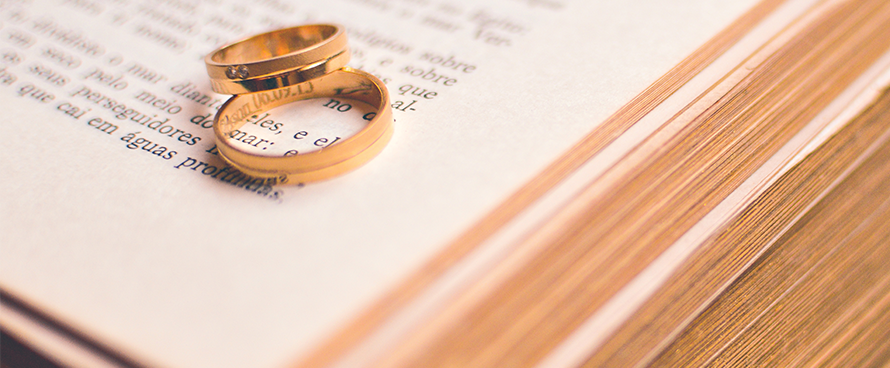Jewelry is often used or given to mark special occasions and milestones. This is because it is not only lovely to look at, but also valuable and versatile in nature. Precious metals are rare, durable and workable — especially gold.
How can you tell if something is real gold?
The most reliable way to find out if your gold is real, is to take it in to a certified jeweler and have it tested. But here are two ways you can look for yourself.
- Look for the manufacturer’s trademark and the quality stamp. Pure gold, known as 24 karat (not to be confused with “carat” used for weighing stones) is too soft for wearing as jewelry and is commonly alloyed with other metals. The quality stamp indicates the proportion of pure gold to the alloy metals as a percentage of 24 parts. Thus, a stamp of 14K or 18K means that 14 (58.5 percent) or 18 (75 percent) parts out of 24 are pure gold with the remaining 10 or 6 parts being alloy metals. Alloys of less than 10 parts gold (10K) cannot be called “karat gold” in the U.S.
- Check for discoloration. If the gold seems to be wearing off — especially around the edges — it’s most likely gold plated. Gold Overlay (or “gold filled”) refers to jewelry made from a base metal (usually brass) to which a layer of karat gold has been mechanically applied.
What is white gold?
White gold is created by alloying gold (which in its natural state is yellow) with at least one white metal — usually nickel, palladium, silver, or manganesse. The addition of one or more of these metals “bleaches” the gold, giving it a white appearance. As part of the final finishing process, white gold is typically plated with a thin coating of rhodium – a bright white member of the platinum family of metals. Some wearers choose to periodically have their rings polished and re-rhodium plated to maintain the color.
What about Silver and Platinum?
Silver, like gold, has been mined and valued throughout human history. Prone to tarnishing, it demands a bit more care than gold, but is an attractive and much more affordable white metal silver that lends itself to bold and handsome jewelry design. Look for the “Sterling” stamp or “925,” which indicates the parts per 1000 of pure silver.
Platinum is a white metal, but unlike gold it is used in almost its pure form (approximately 95% pure). Platinum is long wearing and very white, so it does not need to be plated like white gold. It is very dense, so it will always feel much heavier than a gold ring of the same size.

